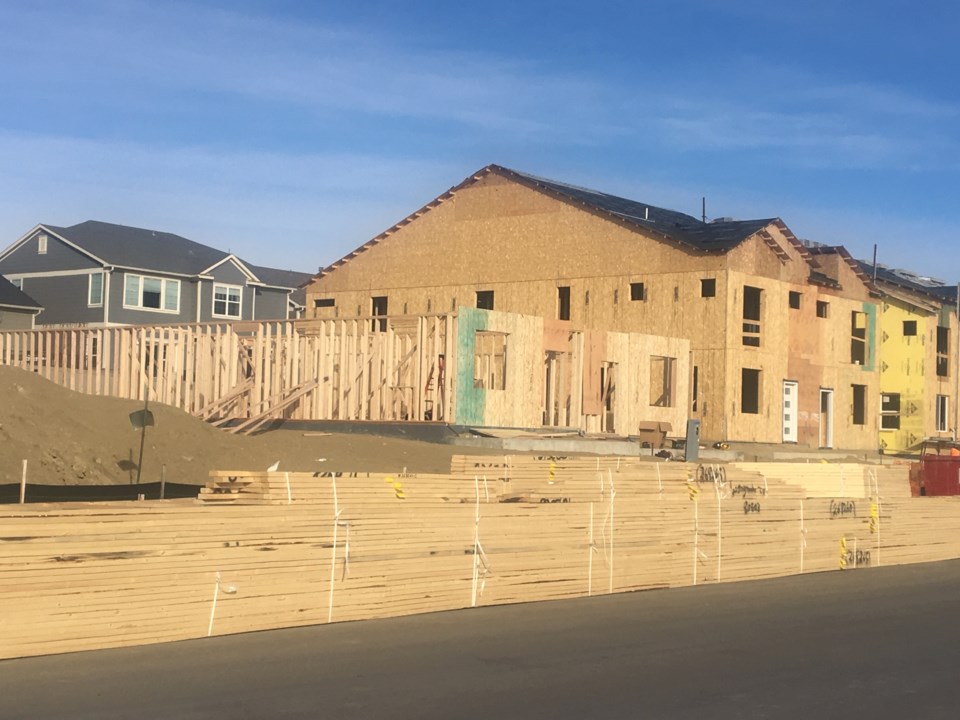Looking at building permit numbers in Longmont for the last three years, the thing that most jumped out to the city’s planning director was the effect of the pandemic on development.
Glen Van Nimwegan highlighted the drop in permits issued between 2020 and 2021 — from 5,736 down to 5,260. The number of permits issued went down again in 2022 to 5,014, which wasn’t quite as drastic a drop.
“We were really kind of smoking in 2020 with the amount of commercial and the amount of residential permits we were issuing, and then it dropped off precipitously in 2021,” he said. “It’s slowly climbing back this year.”
In 2022, Longmont issued 60 permits for residential single family detached, 192 for single family attached, 45 multifamily and 80 condos. Another 12 permits were issued for new commercial buildings.
One detail that popped out to Van Nimwegan was the increasing density with residential permits. In 2020, 27% of building permits were for single families, but in 2021 that was more than halved to 11% and down to 7% last year. He emphasized that even with adding all those units in the last three years, Longmont is still more than 60% single family.
“I think I hear a lot of concerns, ‘Oh my god, we’re getting too dense and we’re not a single family community,’” he said. “We still are, and I think that’ll continue for a very long time.”
As for why there’s now more interest in higher density builds, the reality of Longmont’s limited size also comes into play. Infill has to be more dense due to higher land costs.
“There’s not that much land, either,” Van Nimwegan said. “What’s left is expensive, so I think part of it is just supply and demand at this point. How do we build something that can pay for the land?”
He also highlighted that, despite the city adjusting the accessory dwelling unit ordinance to be more attractive to homeowners at the end of 2021, only five accessory dwelling units were built last year.
“Maybe it’s because that’s more of a homeowner that’s going out and getting a second mortgage to build an accessory unit in the back, and maybe with interest rates the way they were, that just wasn’t going to happen,” Van Nimwegan said. “So that’s a little discouraging. From what I saw, I think accessory dwelling units are a great way of meeting some of that housing demand.”
On the commercial side, Longmont remains pretty strong, he said. In 2020, Longmont permitted more than 650,000 new square feet for commercial use, which 2021 and 2022 didn’t quite reach.
However, the city still saw an additional 243,124 square feet permitted for commercial use last year — likely bolstered by the Costco development.
“You often hear people say brick and mortar retail is dying; that it’s a dying land use,” Van Nimwegan said. “We haven’t seen that yet.”
The planner is optimistic for Longmont’s continued growth, especially as the city starts the New Year with a jump from the previous year. However, Van Nimwegan is also aware of the many economic forecasts predicting an impending recession.
“We’ve heard that from a few developers that are being cautious about how much of a project they finance at this point,” he said. “I’m kind of thinking everybody’s going to be on eggshells for a little while. Then, probably the second half of the year, either we’ll be in a recession or we won’t, and it’ll pick up again.”



